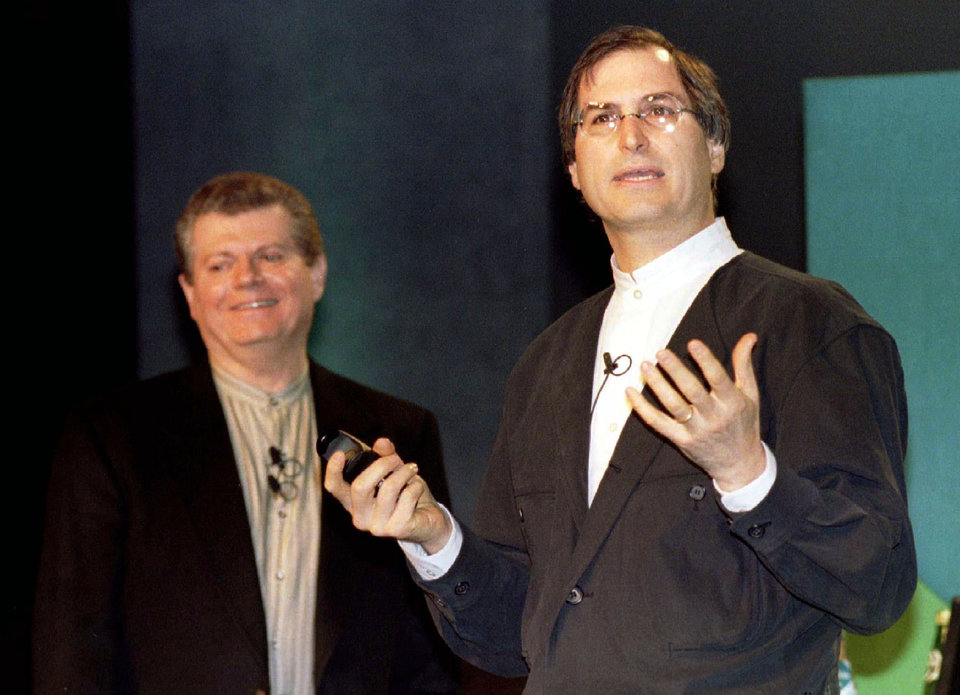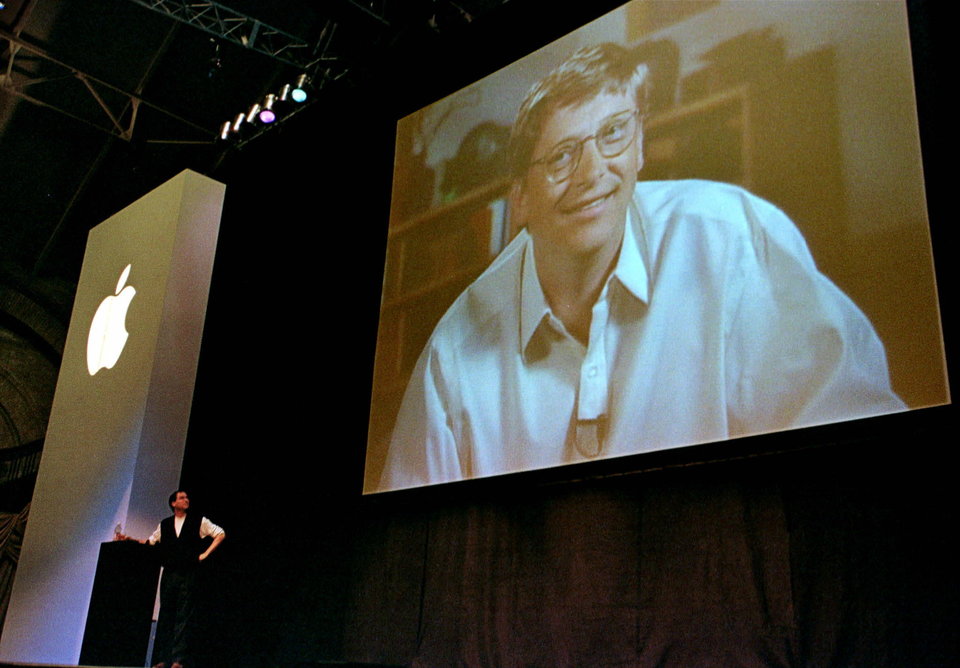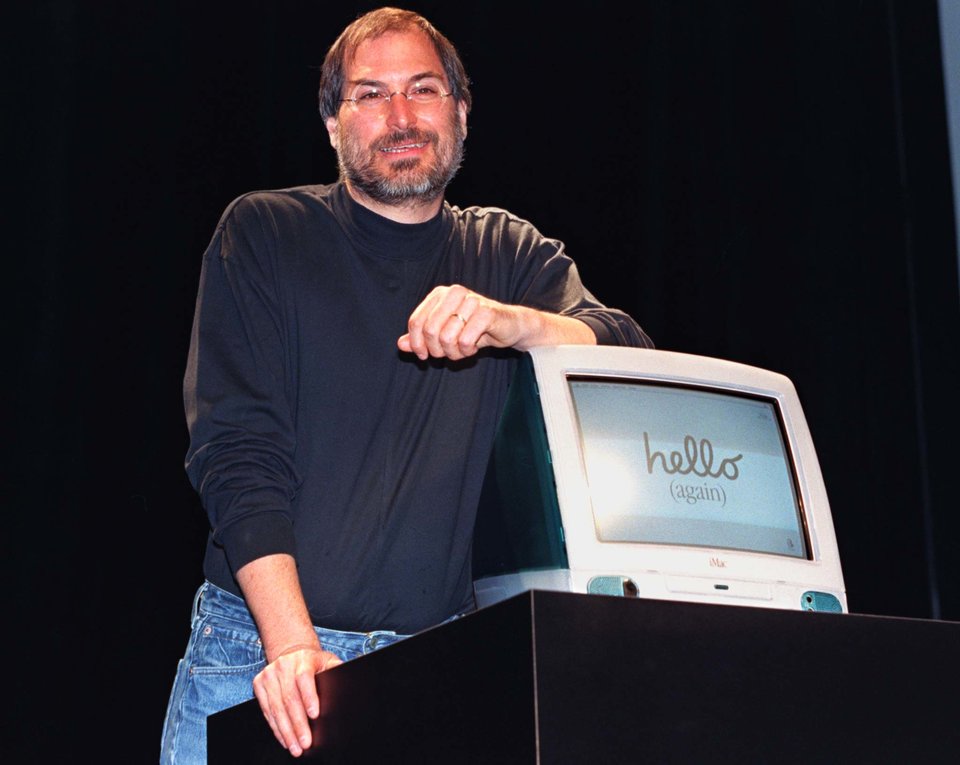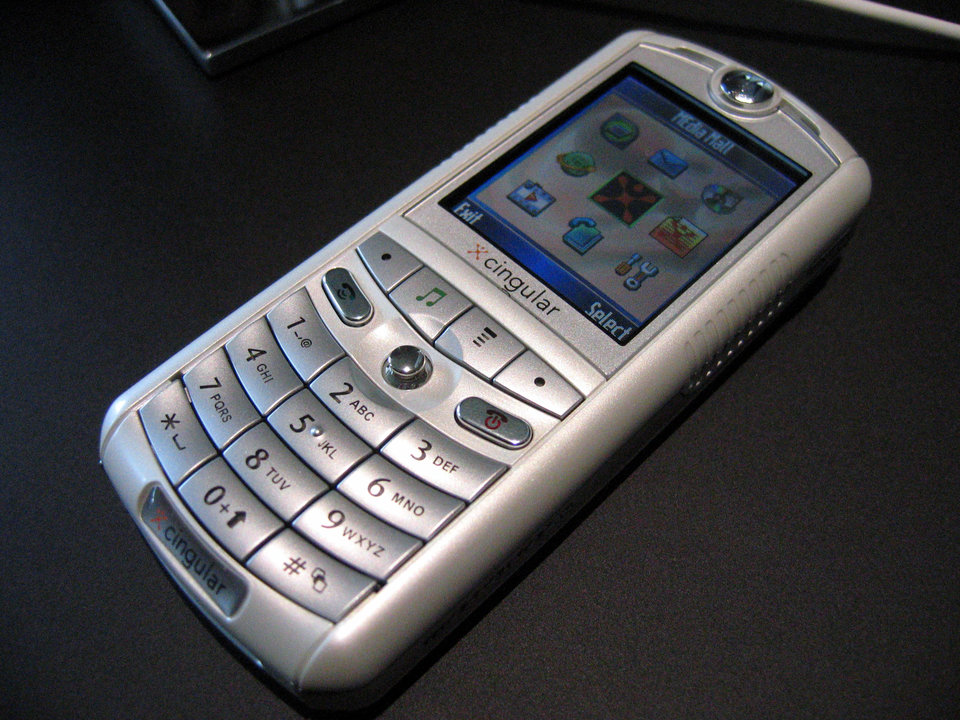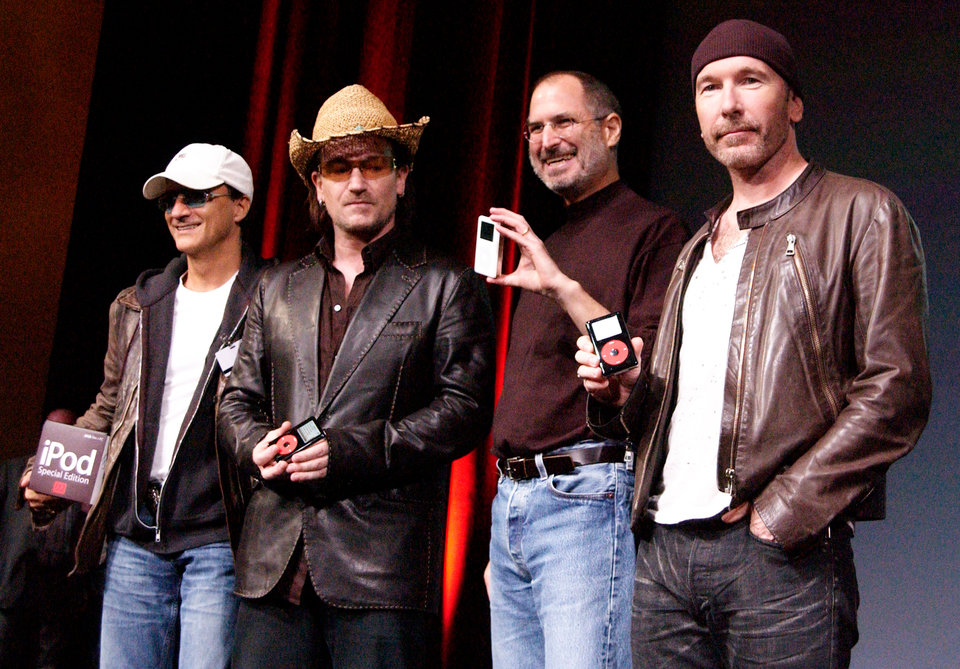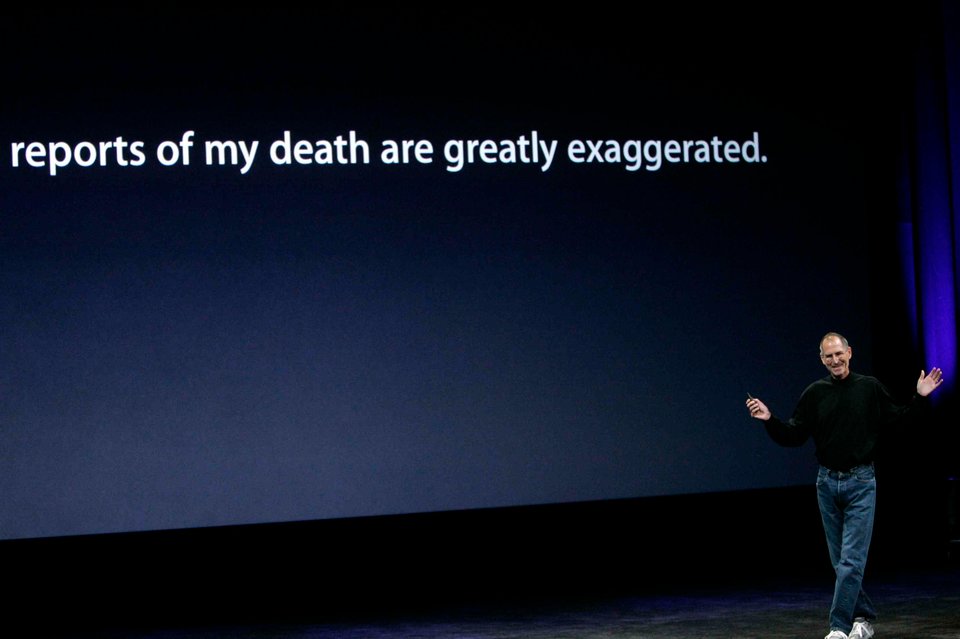The value of Apple reached one trillion last week. Although Steve Jobs has not been at the head of the company for several years, this important milestone is also his merit. How much has he contributed to the current success of the apple company?
Rescue at any cost
In 1996, then Apple CEO Gil Amelio decided to buy NeXT. It belonged to Steve Jobs, who at that time had not worked at Apple for eleven years. With NeXT, Apple also acquired Jobs, who immediately began to act. One of the things that followed the NeXT acquisition was Amelia's resignation. Jobs decided that he had to save Apple at all costs, even at the cost of the help of rival Microsoft.
On the Fourth of July 1997, Jobs managed to convince the company's board of directors to promote him to the position of interim director. In August of that year, Steve announced at the MacWorld Expo that Apple had accepted a $150 million investment from Microsoft. "We need all the help we can get," Jobs responded to boos from the audience. In short, he had to accept Apple's investment. His financial situation was so bad that Michael Dell, CEO of Dell, said that if he were in Jobs' shoes, he would "take the company to the curb and give the shareholders their share back." At the time, probably only a few of the insiders believed that the apple company's situation could turn around.
The iMac is coming
In early 1998, another conference was held in San Francisco, which Jobs ended with the first ever "One More Thing". This was the solemn announcement that Apple is back in profit thanks to Microsoft. At that time, Tim Cook also enriched the ranks of Apple's employees. At that time, Jobs was embarking on huge changes in the company, which included, for example, improving the menu in the company canteen or allowing employees' pets to enter the workplace. He knew well where these seemingly unnecessary changes could lead.
Roughly a year after a life-saving financial injection from Microsoft, Apple releases its iMac, a powerful and beautiful all-in-one computer whose unconventional appearance was credited to designer Jonathan Ive. In turn, Ken Segall has a hand in the name of the computer - Jobs originally planned to choose the name "MacMan". Apple offered its iMac in several colors, and the world liked the unusual machine so much that it managed to sell 800 units in the first five months.
Apple continued its sleepy ride. In 2001, he released the Mac OS X operating system with a Unix base and a number of significant changes compared to Mac OS 9. Gradually, the first branded retail stores were opened, in October Steve Jobs introduced the iPod to the world. The launch of the portable player was slow at first, surely the price, which at the time started at 399 dollars and the temporary exclusive compatibility with Mac, had its influence. In 2003, the iTunes Music Store opens its virtual doors offering songs for less than a dollar. The world suddenly wants to have "thousands of songs in your pocket" and iPods are on the rise. Apple's stock price is soaring.
The unstoppable Jobs
In 2004, Steve Jobs launches the secretive Project Purple, in which a select few work on a brand new, revolutionary touchscreen device. The concept gradually becomes a completely clear idea of a mobile phone. Meanwhile, the iPod family gradually expands to include the iPod Mini, iPod Nano, and iPod Shuffle, and the iPod comes with the ability to play video files.
In 2005, Motorola and Apple created the ROKR mobile phone, capable of playing music from the iTunes Music Store. A year later, Apple switches from PowerPC processors to Intel-branded processors, with which it equips its first MacBook Pro and the new iMac. Along with this comes the option to install the Windows operating system on the Apple computer.
Jobs's health problem is beginning to take its toll, but he continues with his own stubbornness. Apple is worth more than Dell. In 2007, a breakthrough finally comes in the form of the unveiling of a new iPhone combining the properties of a music player, touch phone and Internet browser. Although the first iPhone is slightly stripped down compared to today's models, it remains iconic even after 11 years.
But Jobs' health continues to decline, and the Bloomberg agency even mistakenly publishes his obituary in 2008 - Steve makes light-hearted jokes about this trouble. But in 2009, when Tim Cook temporarily took over the baton of Apple's director (for the time being), even the latter realized that things were serious with Jobs. In 2010, however, he manages to present the world with a new iPad. 2011 comes, Steve Jobs introduces the iPad 2 and the iCloud service, in June of the same year he publishes a proposal for a new Apple campus. This is followed by Jobs' definitive departure from the head of the company and on October 5, 2011, Steve Jobs dies. Flags at the company's headquarters are flown at half-mast. An era of the Apple company, which the beloved and cursed Jobs (in collaboration with Microsoft) once literally raised from the ashes, is ending.
